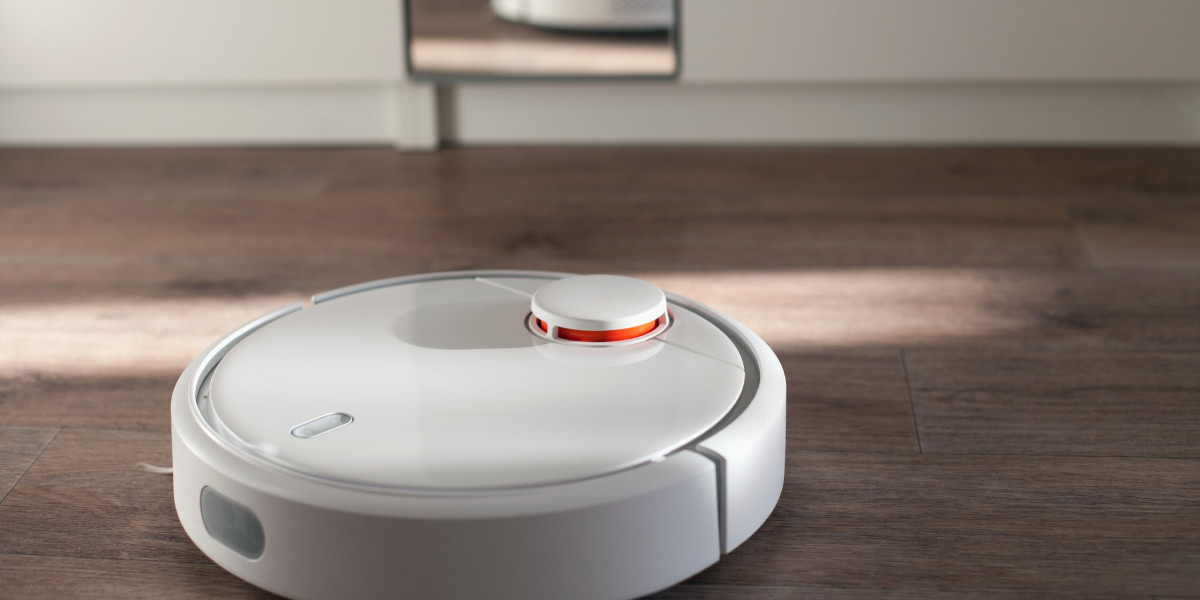The Comprehensive Guide to Built-In Ovens
Intro
Built-in ovens are a staple in modern-day kitchen areas, integrating elegance with functionality. They provide a sleek visual and efficient cooking capabilities, making them a preferred choice for property owners and culinary enthusiasts alike. This short article explores the advantages of built-in ovens, their various types, essential functions to think about, setup suggestions, and maintenance recommendations, along with regularly asked questions.
Advantages of Built-In Ovens
Built-in ovens featured a selection of benefits that add to their appeal. Here are some crucial advantages:
- Space-Saving Design: Built-in ovens are developed to fit perfectly into cabinets, allowing for a more organized and space-efficient kitchen design.
- Aesthetic Appeal: They provide a sleek and contemporary appearance that can boost the general design of the kitchen.
- Enhanced Functionality: Built-in ovens typically include innovative features and technologies that support various cooking methods.
- Enhanced Cooking Experience: Many built-in designs include self-cleaning functions, temperature level probes, and programmable settings, enhancing the cooking experience.
- Increased Property Value: A properly designed kitchen with built in Ovens-in appliances can improve the worth of a home.
Kinds Of Built-In Ovens
Built-in ovens come in several types, each created to satisfy various cooking preferences and requirements. Here are the primary types:

| Type of Built-In Oven | Description |
|---|---|
| Single Oven | A single, standalone oven for conventional baking and roasting. |
| Double Oven | Combines two ovens in one system, enabling several meals to cook at various temperatures. |
| Wall Oven | Installed in the wall, freeing up counter area, ideal for small cooking areas. |
| Stove | Utilizes fans to circulate hot air for even cooking, improving the outcomes of baked goods. |
| Steam Oven | Utilizes steam for much healthier cooking alternatives, preserving nutrients in food. |
Secret Features to Consider
When picking a built-in oven, numerous features can affect performance and usability. Here are some important functions to bear in mind:
Cooking Modes
- Bake: Traditional baking with bottom heat.
- Broil: Top heat cooking suitable for browning and crisping.
- Convection: Circulates hot air for even cooking.
- Steam: Uses steam for healthier cooking options.
Size and Capacity
- Standard sizes generally range from 24 to 30 inches broad.
- Consider the internal capability-- it can range from 3 to 6 cubic feet, permitting numerous meal sizes.
Controls and Smart Features
- Touchscreen Controls: Easy programming and modifications.
- Smart Technology: Connectivity functions enable remote monitoring and control through smartphone applications.
Energy Efficiency
- Search for models with ENERGY STAR ratings, indicating lower energy intake.
Safety Features
- Functions like auto shut-off and child locks enhance safety throughout operation.
Installation Tips
Setting up a built-in oven may require expert help, but here are some general pointers to remember:
- Choose the Right Location: Ensure there's adequate area in your kitchen cabinetry for installation, keeping in mind ventilation requirements.
- Electrical Requirements: Check that your kitchen's electrical wiring fulfills the oven's power requirements, especially for electric designs.
- Level the Oven: Ensure the oven is level to promote even cooking.
- Protect the Oven: Attach it firmly to the cabinetry to prevent movement during use.
Maintenance Advice
Regular upkeep is essential for the longevity and effectiveness of a built-in oven. Here's how to keep it in leading shape:
- Regular Cleaning: Wipe down surfaces after each use and perform deep cleaning periodically.
- Inspect Seals: Inspect door seals for wear and ensure they preserve an airtight fit to enhance energy effectiveness.
- Adjust Temperature: If food consistently comes out overcooked or undercooked, consider recalibrating the oven's temperature settings.
- Professional Servicing: Schedule yearly check-ups with a skilled professional to maintain optimal performance.
Frequently asked questions
What is the distinction between a built-in oven and a freestanding oven?
Built-in ovens are created to be installed within cabinetry, providing a smooth look. In contrast, freestanding ovens are standalone systems that typically come with their own cooktop.
Are built-in ovens more expensive than freestanding designs?
Generally, built-in ovens can be more costly due to the added installation costs and advanced functions. Nevertheless, rates vary commonly based upon brand, size, and performances.
Can I set up a built-in oven myself?
While it is possible to set up a built-in oven yourself, it is recommended to work with an expert to guarantee correct setup, particularly if adjustments to cabinetry or electrical work are needed.

How typically should I clean my built-in oven?
It is recommended to clean your built-in oven routinely after heavy use. For much deeper cleansings, make use of the self-cleaning function if offered or periodically perform manual cleansing to prevent accumulation.
Built-in ovens are an important addition to any kitchen, using both visual appeal and advanced cooking capabilities. By comprehending their types, features, setup, and upkeep requirements, house owners can make educated choices that enhance their cooking experience and boost the overall worth of their homes. As kitchen styles continue to develop, built-in ovens will likely remain a prominent choice for modern homes.








